In this study guide, learn all the important information about Coronavirus 2019 (COVID-19) including how it is transmitted, its symptoms, how it is diagnosed, its preventive measures, nursing management, and advice for the health workers.
Coronavirus Disease 2019 (COVID-19) identified as the cause of an outbreak first discovered at a local seafood /wild animal market in Wuhan, China. The COVID-19 has been declared by the World Health Organization (WHO) as a pandemic where it is reported that around 5,000,000 people are affected in more than 200 countries around the world.
What is Coronavirus 2019 (COVID-19)?
Coronavirus 2019 (COVID-19) is a disease caused by a new strain of coronavirus called severe acute respiratory syndrome coronavirus 2 (SARS-CoV-2) that can cause symptoms from common cold to more severe disease such as pneumonia and eventually it may lead to death especially those in vulnerable groups such as the elderly, the very young, and people with an underlying chronic health condition.
- Limited information is available to characterize the spectrum of clinical illness associated with COVID-19.
- The CDC clinical criteria for a COVID-19 patient under investigation (PUI) have been developed based on what is known about MERS-CoV and SARS-CoV and are subject to change as additional information becomes available.
- Early on, many of the patients in the outbreak in Wuhan, China reportedly had some link to a large seafood and animal market, suggesting animal-to-person spread.
- However, a growing number of patients reportedly have not had exposure to animal markets, indicating person-to-person spread is occurring.
Pathophysiology
Coronaviruses are common in many different species of animals, including bats, camels, cats, and cattle.
- COVID-19 is a betacoronavirus, like MERS and SARS, all of which have their origins in bats.
- The sequences from US patients are similar to the one that China initially posted, suggesting a likely single, recent emergence of this virus from an animal reservoir.
- When person-to-person spread has occurred with MERS and SARS, it is thought to have happened mainly via respiratory droplets produced when an infected person sneezes, similar to how influenza and other respiratory pathogens spread.
- Most coronaviruses infect animals, but not people; in the future, one or more of these other coronaviruses could potentially evolve and spread to humans, as has happened in the past.
- Many of the patients have direct or indirect contact with the Wuhan Huanan Seafood Wholesale Market that is believed to be the original place of the outbreak of COVID-19.
- However, the transmission of COVID-19 from fish to humans is unlikely.
- The COVID-19 and fish coronaviruses such as Beluga Whale CoV/SW1 belong to different genera and apparently have different host ranges.
- As the Wuhan market seafood market also sells other animals, the natural host of COVID-19 awaits to be identified.
- Due to the possibility of transmission from animal to human, CoVs in livestock and other animals including bats and wild animals sold on the market should be constantly monitored.
- In addition, more and more evidence indicates the new virus COVID-19 is spread via the route of human-to-human transmission because there are infections of people who did not visit Wuhan but had close contact with family members who had visited Wuhan and got infected.
Causes
Coronaviruses are named for the crown-like spikes on their surface.
- There are four main sub-groupings of coronaviruses, known as alpha, beta, gamma, and delta.
- Human coronaviruses were first identified in the mid-1960s.
- The seven coronaviruses that can infect people are 229E (alpha coronavirus), NL63 (alpha coronavirus, OC43 (beta coronavirus), and HKU1 (beta coronavirus).
- Other human coronaviruses are MERS-CoV, SARS-CoV, and COVID-19.
Statistics and Incidences
An outbreak of pneumonia of unknown etiology in Wuhan City was initially reported to WHO on December 31, 2019.
For complete and current statistics with live updates, visit: https://www.worldometers.info/coronavirus/
- Chinese health authorities have confirmed more than 40 infections with a novel coronavirus as the cause of the outbreak.
- Reportedly, most patients had epidemiological links to a large seafood and animal market; the market was closed on January 1, 2020.
- Globally, there are 5,030,914 confirmed cases and 326,182 deaths confirmed as of May 21, 2020.
- The United States has the highest number of coronavirus cases in the world with more than 1.5 million cases (New York City being the most affected).
- Most countries have declared nationwide lockdowns and have restricted travel.
- International conveyance cases identified on the Diamond Princess cruise ship currently in Japanese territorial waters have reached 712.
Clinical Manifestations
For confirmed COVID-19 infections, reported illnesses have ranged from people being mildly sick to people being severely ill and dying; these symptoms may appear in as few as 2 days or as long as 14 after exposure based on what has been seen previously as the incubation period of MERS viruses.
Other symptoms may include:
Assessment and Diagnostic Findings
At this time, diagnostic testing for COVID-19 can be conducted only at CDC
- To increase the likelihood of detecting infection, CDC recommends collection of three specimen types: lower respiratory, upper respiratory, and serum specimens for testing.
- CDC has deployed multidisciplinary teams to Washington, Illinois, California, and Arizona to assist health departments with clinical management, contact tracing, and communications.
- CDC has developed a real-time Reverse Transcription-Polymerase Chain Reaction (rRT-PCR) test that can diagnose COVID-19 in respiratory serum samples from clinical specimens.
- Currently, testing for this virus must take place at CDC, but in the coming days and weeks, CDC will share these tests with domestic and international partners.
- CDC uploaded the entire genome of the virus from all five reported cases in the United States to GenBank.
- CDC is also growing the virus in cell culture, which is necessary for further studies, including for additional genetic characterization.
Medical Management
The best way to prevent infection is to avoid being exposed to this coronavirus.
- Hand hygiene. Wash hands often with soap and water for at least 20 seconds; if water and soap are not available, use an alcohol-based hand sanitizer.
- Keep hands off your face. Avoid touching the eyes, nose, and mouth with unwashed hands.
- Maintain social distancing. Avoid close contact with people at least 3 feet (1 meter) who are sick, and stay at home when you are sick.
- Proper cough and sneeze etiquette. Cover your cough or sneeze with a tissue, then throw the tissue in the trash.
- Supportive care. People infected with COVID-19 should receive supportive care to help relieve symptoms.
- Severe cases. For severe cases, treatment should include care to support vital organ functions.
For Healthcare Workers
Healthcare workers are the very people who will be working day-and-night to treat and assist coronavirus patients are among the most exposed population for becoming infected. The protection of vulnerable members is one of the priorities for the response to COVID19 outbreaks. Occupational health services in healthcare facilities play a vital role in helping, supporting, and ensuring that workplaces are safe and healthy and addressing health problems when they arise. WHO emphasizes the rights and responsibilities of health workers, including explicit criteria required to preserve occupational safety and health.
Read more about WHO’s guidelines for health workers here.
Health worker rights include that employers and managers in health facilities:
- Assume overall responsibility to ensure that all necessary preventive and protective measures are taken to minimize occupational safety and health risks.
- Provide information, instruction, and training on occupational safety and health, including;
- Refresher training on infection prevention and control (IPC)
- Use, putting on, taking off and disposal of personal protective equipment (PPE).
- Provide adequate IPC and PPE supplies (masks, gloves, goggles, gowns, hand sanitizer, soap and water, cleaning supplies) in sufficient quantity to healthcare or other staff caring for suspected or confirmed COVID-19 patients, such that workers do not incur expenses for occupational safety and health requirements.
- Familiarize personnel with technical updates on COVID-19 and provide appropriate tools to assess, triage, test and treat patients and to share infection prevention and control information with patients and the public.
- As needed, provide appropriate security measures for personal safety.
- Provide a blame-free environment for workers to report on incidents, such as exposures to blood or bodily fluids from the respiratory system or to cases of violence, and to adopt measures for immediate followup, including support to victims.
- Advise workers on self-assessment, symptom reporting and staying home when ill.
- Maintain appropriate working hours with breaks.
- Consult with health workers on occupational safety and health aspects of their work and notify the labor inspectorate of cases of occupational diseases.
- Not be required to return to a work situation where there is continuing or serious danger to life or health, until the employer has taken any necessary remedial action.
- Allow workers to exercise the right to remove themselves from a work situation that they have reasonable justification to believe presents an imminent and serious danger to their life or health. When a health worker exercises this right, they shall be protected from any undue consequences.
- Honor the right to compensation, rehabilitation, and curative services if infected with COVID-19 following exposure in the workplace. This would be considered occupational exposure and resulting illness would be considered an occupational disease.
- Provide access to mental health and counseling resources.
- Enable co-operation between management and workers and/or their representatives.
Health workers should:
- Follow established occupational safety and health procedures, avoid exposing others to health and safety risks and participate in employer-provided occupational safety and health training.
- Use provided protocols to assess, triage and treat patients.
- Treat patients with respect, compassion, and dignity.
- Maintain patient confidentiality.
- Swiftly follow established public health reporting procedures of suspected and confirmed cases.
- Provide or reinforce accurate infection prevention and control and public health information, including to concerned people who have neither symptoms nor risk.
- Put on, use, take off and dispose of personal protective equipment properly.
- Self-monitor for signs of illness and self-isolate or report the illness to managers, if it occurs.
- Advise management if they are experiencing signs of undue stress or mental health challenges that require support interventions.
- Report to their immediate supervisor any situation which they have reasonable justification to believe presents an imminent and serious danger to life or health.
Pharmacologic Management
There is no specific antiviral medication yet is recommended for COVID-19 infection, and no current vaccine to prevent it.
Nursing Management
Nursing management for patients with COVID-19 infection include the following:
Nursing Assessment
Assessment of a patient suspected of COVID-19 should include:
- Travel history. Health care providers should obtain a detailed travel history for patients being evaluated with fever and acute respiratory illness.
- Physical examination. Patients who have fever, cough, and shortness of breath and who has traveled to Wuhan, China recently must be placed under isolation immediately.
Nursing Diagnosis
Based on the assessment data, the major nursing diagnosis for a patient with COVID-19 are:
- Infection related to failure to avoid pathogen secondary to exposure to COVID-19.
- Deficient knowledge related to unfamiliarity with disease transmission information.
- Hyperthermia related to increase in metabolic rate.
- Impaired breathing pattern related to shortness of breath.
- Anxiety related to unknown etiology of the disease.
Nursing Care Planning and Goals
The following are the major nursing care planning goals for COVID-19:
- Prevent the spread of infection.
- Learn more about the disease and its management.
- Improve body temperature levels.
- Restore breathing pattern back to normal.
- Reduce anxiety.
Nursing Interventions
Listed below are the nursing interventions for a patient diagnosed with COVID-19:
- Monitor vital signs. Monitor the patient’s temperature; the infection usually begins with a high temperature; monitor the respiratory rate of the patient as shortness of breath is another common symptom.
- Monitor O2 saturation. Monitor the patient’s O2 saturation because respiratory compromise results in hypoxia.
- Maintain respiratory isolation. Keep tissues at the patient’s bedside; dispose secretions properly; intsruct the patient to cover mouth when coughing or sneezing; use masks, and advise those entering the room to wear masks as well; place respiratory stickers on chart, linens, and so on.
- Enforce strict hand hygiene. Teach the patient and folks to wash hands after coughing to reduce or prevent the transmission of the virus.
- Manage hyperthermia. Use appropriate therapy for elevated temperature to maintain normothermia and reduce metabolic needs.
- Educate the patient and folks. Provide information on disease transmission, diagnostic testing, disease process, complications, and protection from the virus.
Evaluation
Nursing goals are met as evidenced by:
- Patient was able to prevent the spread of infection.
- Patient was able to learn more about the disease and its management.
- Patient was able to improve body temperature levels.
- Patient was able to restore breathing pattern back to normal.
- Patient was able to reduce anxiety.
Documentation Guidelines
Documentation guidelines for a patient with COVID-19 include the following:
- Individual findings, including factors affecting, interactions, nature of social exchanges, specifics of individual behavior.
- Cultural and religious beliefs, and expectations.
- Plan of care.
- Teaching plan.
- Responses to interventions, teaching, and actions performed.
- Attainment or progress toward the desired outcome.
References
References and additional sources for COVID-19:
- Centers for Disease Control and Prevention. Includes what you need to know about COVID-19, what to do if you think you are sick and resources for businesses, schools, etc.
- World Health Organization (WHO) Coronavirus Diseases 2019 (COVID-19) Outbreak. Main page of the WHO for the COVID-19 disease. Includes everything you need to know about COVID-19 and WHO recommendations for COVID-19.
- Coronavirus Update Live Statistics. Worldwide stats for COVID-19 includes recoveries, deaths, and active cases.

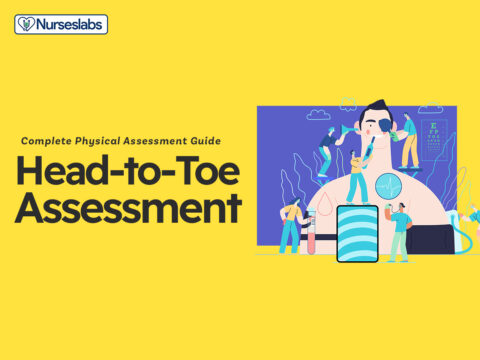


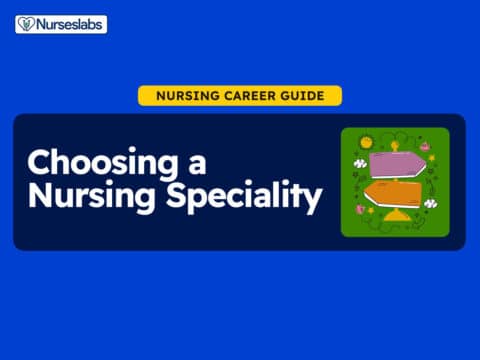

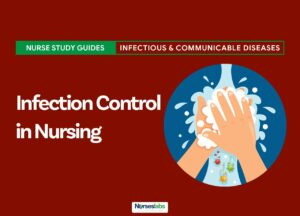

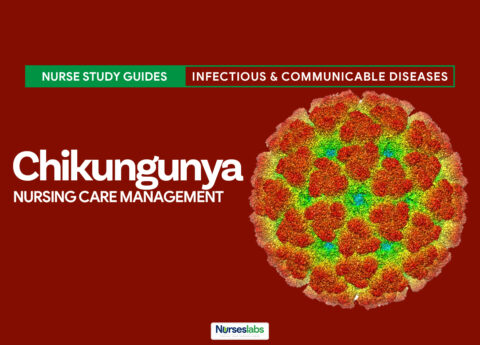
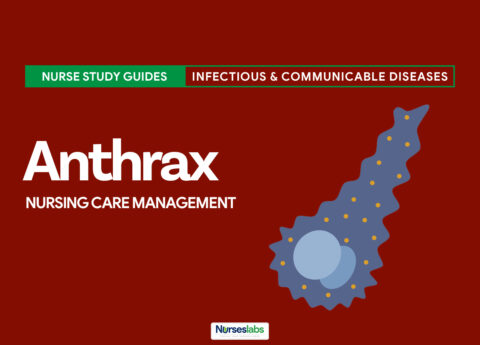
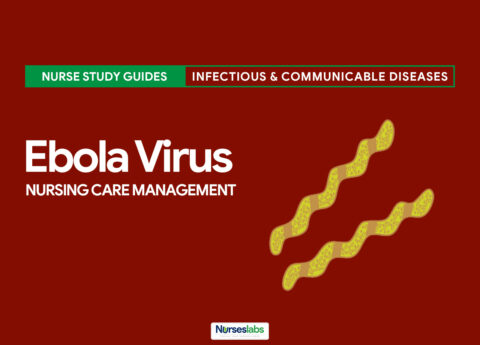
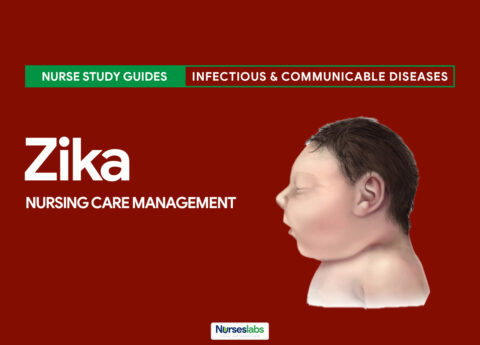
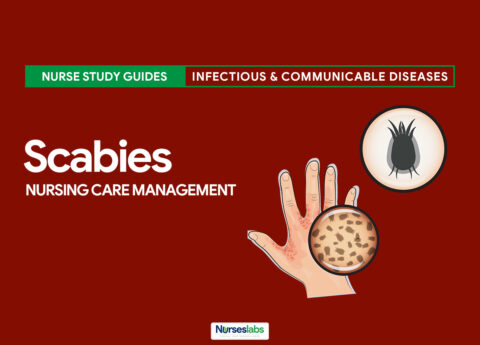


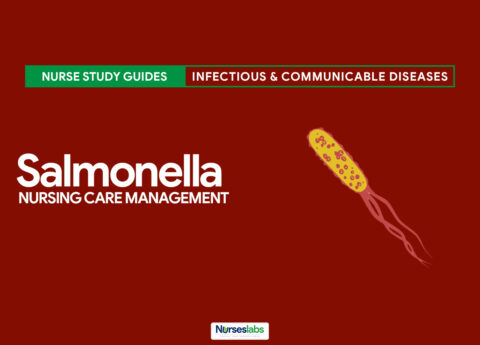




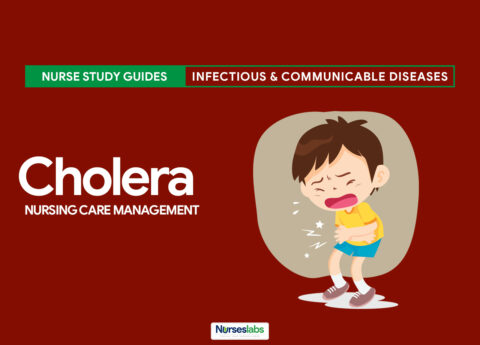
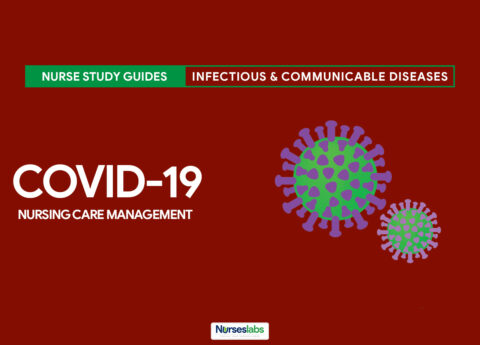

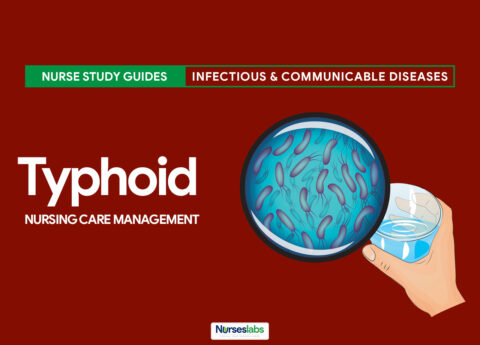
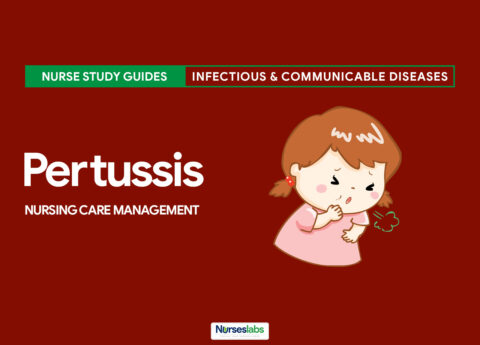
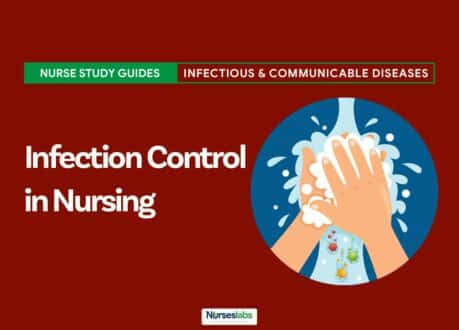









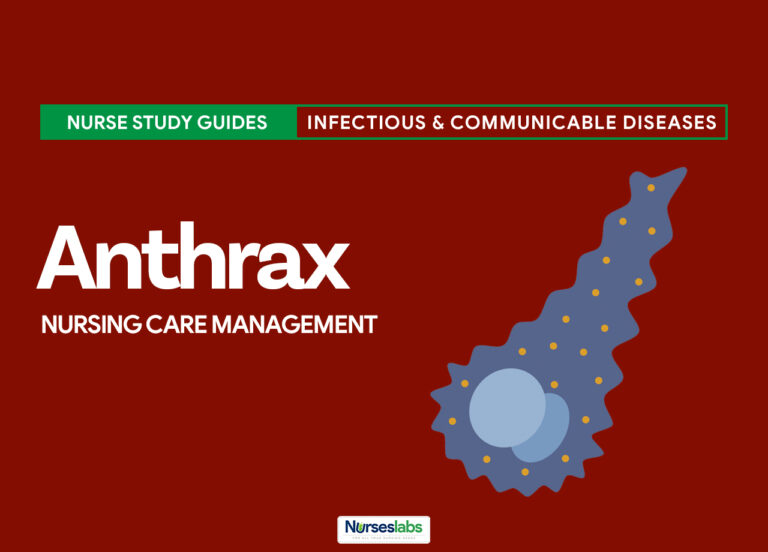
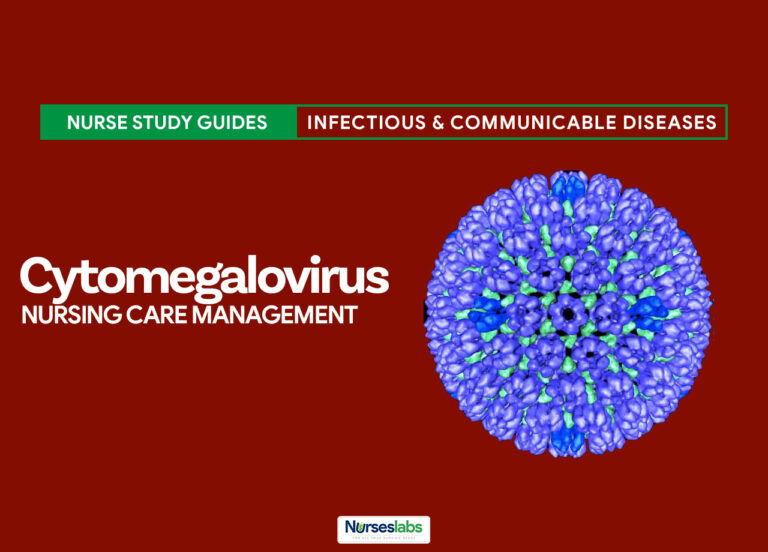
Leave a Comment